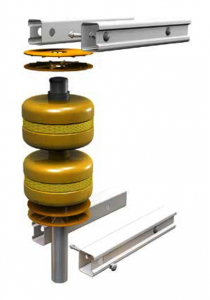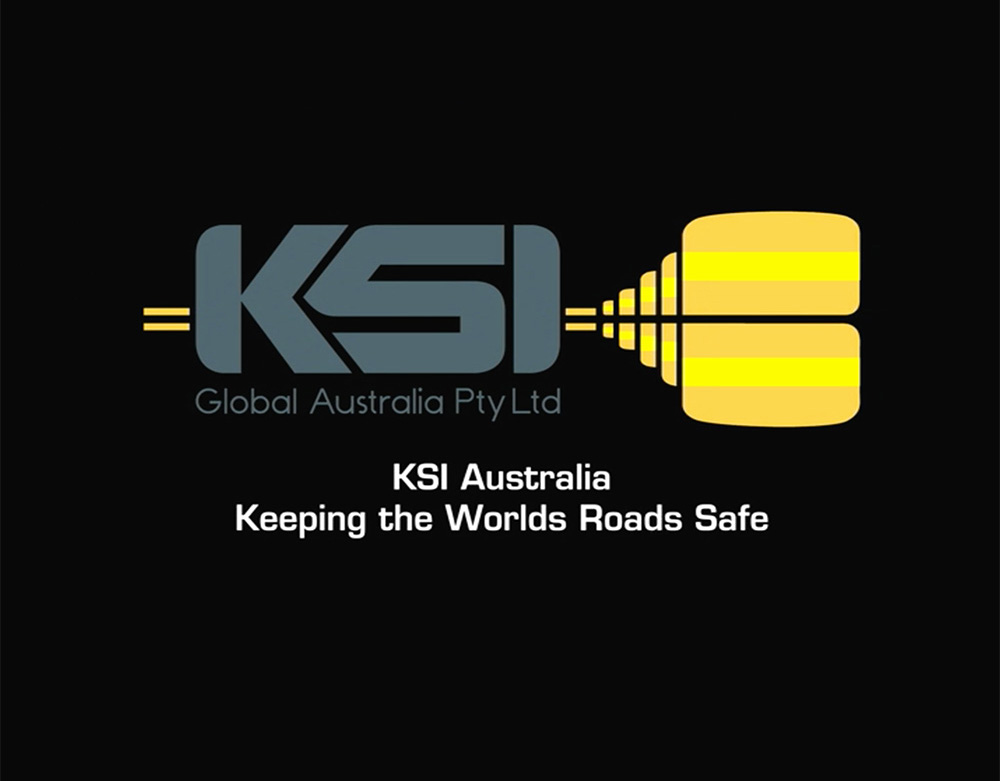Safety Roller Crash Barrier
The first MASH TL4 certified roller crash barrier in the world.
Unique achievement of MASH criteria.
While externally the Safety Roller Crash Barrier is a highly visual crash deterrent that alerts drivers, it’s the technology behind its design and construction that has seen it awarded the world’s first MASH TL4 accreditation judged on:
- Structural Adequacy
- Occupant Risk
- Vehicle Trajectory Post Impact
Widespread flexibility.
Completely suitable for all weather conditions, the Safety Roller Crash Barrier can be installed in the median between opposing traffic flows, on curved median strips, curved ramps, diverging points, curved downhill corners, hillside locations, school zones and in danger zones, protection zones for posts, street lights and general infrastructure within the road reserve.
Cost efficient lifecycle.
The lifecycle cost of the Safety Roller Crash Barrier out performs traditional crash barrier systems as it requires less frequent repair, replacement and maintenance. More significantly the Safety Roller Crash Barrier provides reduced occupant risk of injury.
The cost benefit of the Safety Roller Crash Barrier makes it an irrefutable crash barrier solution comparing it to other semi ridged barrier systems. The KSI roller barrier provides the lowest Severity Index (SI) for vehicle passengers compared to traditional crash barrier systems.
Pure innovation.
- Shock absorbing system
- Converts shock energy to rotational energy
- Decreases speed impact
- Redirects vehicles back into its lane
- Prevents driver and passenger fatalities
- Flame retardant and easy to install
- Visually stands out to alert drivers
The KSI Global Safety Roller Crash Barrier is a barrier system ingeniously engineered to prevent fatal injuries by firstly absorbing shock energy and subsequently converting that shock energy into rotational energy.
The key to its effectiveness is the energy from an impact being absorbed and then deflected into the barrier and converted into rotational energy along the barrier.
This key lifesaving feature has enabled the barrier to perform exceptionally well in the stringent MASH testing, which additionally delivers its ability to survive moderate impacts and consequently require little or no repair or replacement.
The superior performance has been achieved because of its advanced design elements:
- Roller absorbs initial collision shock, which converts to rotational energy
- Front rails absorb second shock
- Back rails absorb third shock
- Metal pipe inserted between the rails to strengthen the post
- Frictional rotating stopper boards installed to the top and bottom of the rollers act as clutch plates to decrease speed
Our product is flame retardant and recyclable. Adding or removing rollers can adjust the barrier for complete suitability to any landscape. Solar powered lights and speed displays can be added when they are warranted.
Meeting global compliance.
Installations around the world.
In addition to having attained the world’s first MASH TL4 accreditation, KSI Global Australia has achieved a portfolio of international accreditations, including: EN 1317, NCHRP 350, Austroads, Korean SB 4/5 and Federal Highways Administration (USA) approvals.
Proudly, our Safety Roller Crash Barrier is the first barrier in the world that has been tested for length of need and transition under MASH standard and achieved TL4-10, TL4-11 and TL4-12 with outstanding test results.
Our Safety Roller Crash Barrier, defined as a “semi rigid” safety barrier, demonstrated extremely high performance scores under MASH test conditions, in three key rating areas:
- Structural Adequacy – the ability for the barrier to remain functional post a crash impact. This is a critical when considering the time to repair barriers after a crash event
- Occupant Risk – the ability to minimise impact injury to vehicle occupants
- Vehicle Trajectory Post Impact – the ability to keep a vehicle’s movement directed in the direction of original travel. The key being assessed is the redirection angle to minimise or eliminate the likelihood of an errant vehicle being driven into oncoming traffic lanes, or into pedestrians on the roadside, property or furniture









